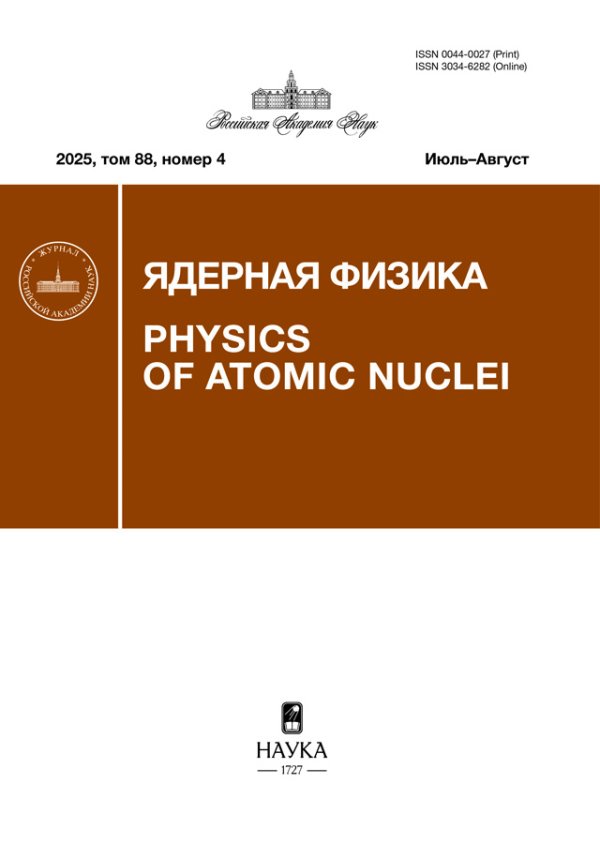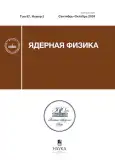ИЗМЕРЕНИЕ СКОРОСТЕЙ РЕАКЦИЙ 102Pd(
- Авторы: Загрядский В.А1, Королев К.О1, Кравец Я.М1, Кузнецова Т.М1, Курочкин А.В1, Маковеева К.А1, Скобелин И.И1, Стрепетов А.Н1, Удалова Т.А.1
-
Учреждения:
- Национальный исследовательский центр “Курчатовский институт”
- Выпуск: Том 87, № 5 (2024)
- Страницы: 365-368
- Раздел: ЯДРА. Эксперимент
- Статья опубликована: 15.12.2024
- URL: https://gynecology.orscience.ru/0044-0027/article/view/674649
- DOI: https://doi.org/10.31857/S0044002724050011
- EDN: https://elibrary.ru/JGQMUZ
- ID: 674649
Цитировать
Полный текст
Аннотация
Об авторах
В. А Загрядский
Национальный исследовательский центр “Курчатовский институт”Москва, Россия
К. О Королев
Национальный исследовательский центр “Курчатовский институт”
Email: kirik.korolev@yandex.ru
Москва, Россия
Я. М Кравец
Национальный исследовательский центр “Курчатовский институт”Москва, Россия
Т. М Кузнецова
Национальный исследовательский центр “Курчатовский институт”Москва, Россия
А. В Курочкин
Национальный исследовательский центр “Курчатовский институт”Москва, Россия
К. А Маковеева
Национальный исследовательский центр “Курчатовский институт”Москва, Россия
И. И Скобелин
Национальный исследовательский центр “Курчатовский институт”Москва, Россия
А. Н Стрепетов
Национальный исследовательский центр “Курчатовский институт”Москва, Россия
Т. А. Удалова
Национальный исследовательский центр “Курчатовский институт”Москва, Россия
Список литературы
- P. Bernhardt, E. Forssell-Aronsson, L. Jacobsson, and G. Skarnemark, Acta Oncol. 40, 602 (2001).
- D. Filosofov, E. Kurakina, and V. Radchenko, Nucl. Med. Biol. 94–95, 1 (2021).
- G. Skarnemark, A. Odegaard-Jensen, J. Nilsson, ¨ B. Bartos, E. Kowalska, A. Bilewicz, and P. Bernhardt, J. Radioanal. Nucl. Chem. 280, 371 (2009).
- С. С. Арзуманов, B. C. Буслаев, Б. Г. Ерозолимский, С. В. Масалович, А. Н. Стрепетов, В. П. Федунин, А. И. Франк, А. Ф. Яшин, Б. А. Яценко, Препринт ИАЭ-4216/14 (1985).
- D. De Frenne, Nucl. Data Sheets 110, 2081 (2009).
- A. J. Koning, D. Rochman, J. Sublet, N. Dzysiuk, M. Fleming, and S. van der Marck, Nucl. Data Sheets 155, 1 (2019).
Дополнительные файлы








